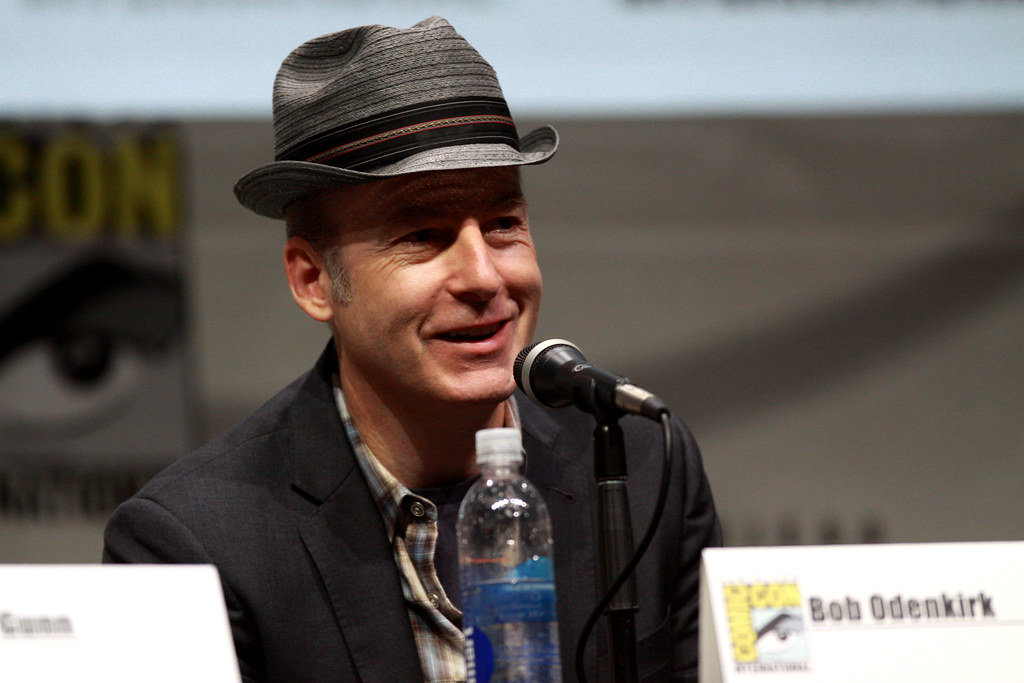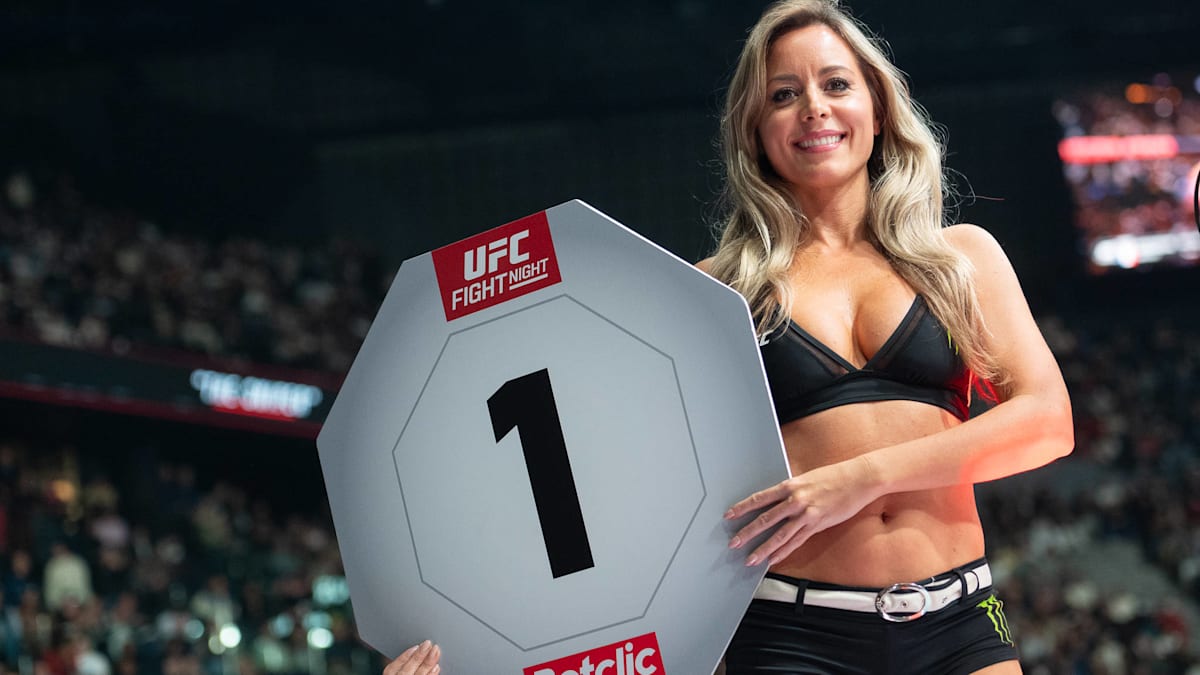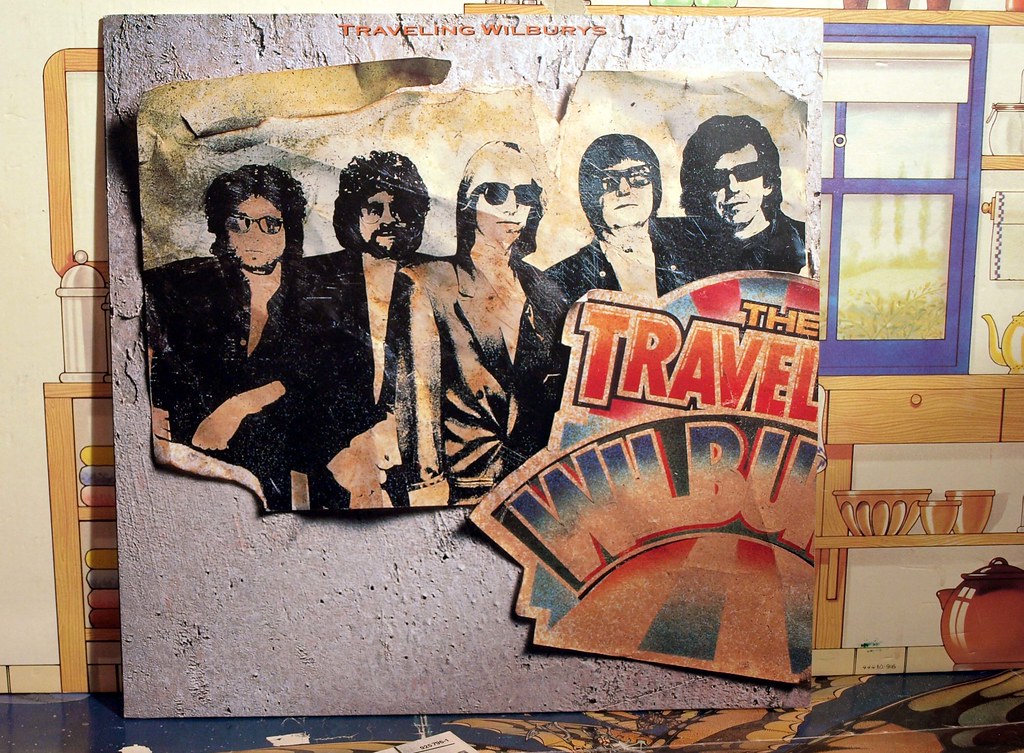
The landscape of American sports, particularly basketball, has been shaped by figures whose influence extends far beyond the confines of the court. Among these revered individuals stands George Raveling, whose passing at 88 on Monday marked the end of an extraordinary life dedicated to breaking barriers, fostering talent, and leaving an indelible mark on both athletic and societal spheres. His journey, from a segregated hospital in Washington, D.C., to the highest echelons of coaching and sports marketing, is a testament to resilience, vision, and an unwavering commitment to progress.
Raveling’s story is one intricately woven with the fabric of American history, defined by moments of profound personal challenge and significant public service. He was not merely a coach or an executive; he was a pioneer who consistently defied expectations, opening doors for others and shaping the trajectory of the game he loved. His quiet but powerful advocacy, coupled with his strategic acumen, made him a figure of immense respect and influence across multiple generations.
This in-depth exploration delves into the foundational aspects of George Raveling’s life, tracing his path from a challenging upbringing to his groundbreaking achievements as a collegiate coach. We will examine the pivotal moments that shaped his character and career, highlighting his early professional steps, his trailblazing roles in college basketball, and the significant events that ultimately led him to a career-defining transition. His remarkable journey illustrates a life lived with purpose, demonstrating how one individual’s commitment can reverberate through the lives of countless others and across the broader cultural landscape.

1. **Early Life and Overcoming Adversity in Segregated America**George Henry Raveling’s life began in challenging circumstances, born on June 27, 1937, in a segregated hospital in Washington, D.C. He vividly recounted this experience, noting that Garfield Hospital, where he was born, “had five floors, and four of them were for white people. Black people had to enter from the back.” This early exposure to racial segregation was a stark introduction to the societal inequalities that would shape much of his early life.
His childhood in Philadelphia was marked by significant personal loss and instability. At the age of nine, his father passed away, a profound event that undoubtedly impacted the young George. Just four years later, by the time he was thirteen, his mother suffered a nervous breakdown and was subsequently institutionalized for the remainder of her life, leaving him to navigate the world without his immediate parents.
Raised by his grandmother, Raveling was eventually sent to St. Michael’s School for Boys, a Catholic boarding school in Pennsylvania. This period of his life provided a structured environment amidst his personal turmoil, offering a foundation that would help him pursue higher education and a career in athletics. His early experiences, characterized by both systemic discrimination and personal hardship, cultivated a resilience that would become a hallmark of his distinguished career.
These formative years instilled in Raveling a deep understanding of perseverance and the importance of creating opportunities where none existed. His ability to overcome such significant adversity laid the groundwork for his future roles as a barrier-breaker and a mentor, someone who consistently championed the underdog and worked to elevate those around him.
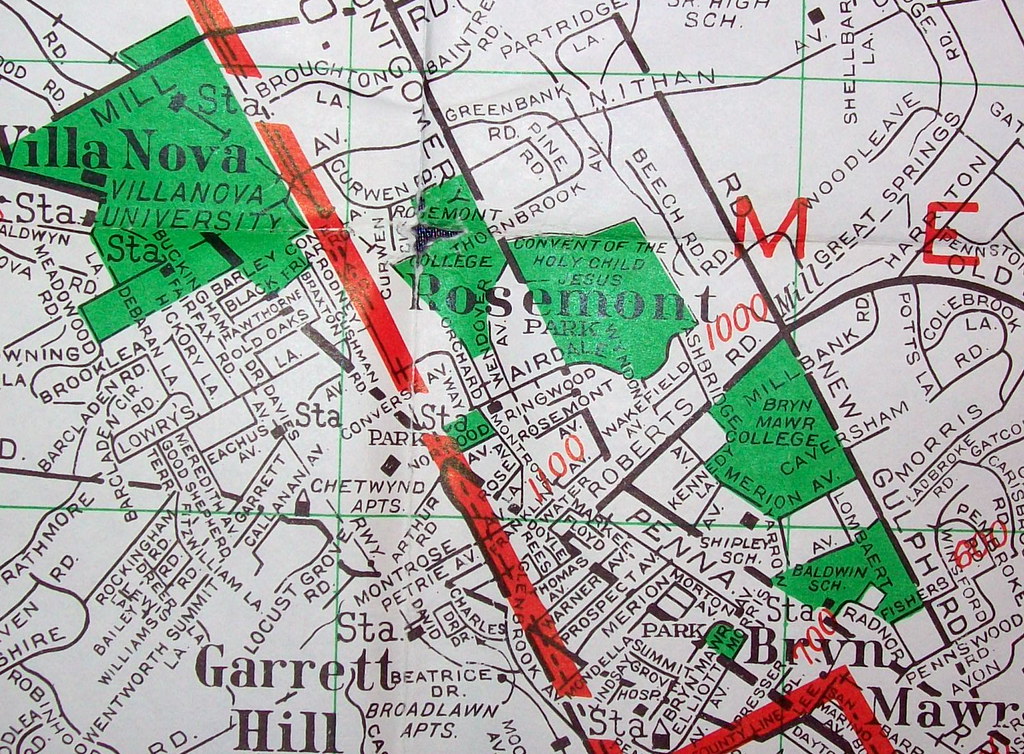
2. **Villanova: A Collegiate Career Forged in Challenging Times**Raveling’s path led him to Villanova University, where he enrolled as a college basketball player. His arrival at the institution coincided with a period of limited diversity within higher education, as he noted that there were only ten Black students at the college during his time there. This statistic underscores the racial landscape of universities during the late 1950s and highlights Raveling’s determination to succeed in predominantly white environments.
During his collegiate career at Villanova, from 1957 to 1960, Raveling distinguished himself on the court. He averaged an impressive 12.3 points and 14.6 rebounds per game over his final two seasons. These statistics reflect his considerable talent and contribution to the Villanova basketball program, establishing him as a prominent player during his era.
Following his graduation, Raveling briefly ventured into the corporate world, working as a marketing analyst for Sun Oil Company, which later became Sunoco. However, his passion for basketball proved to be a stronger calling. This brief foray into business provided him with valuable experience but ultimately reinforced his true vocation.
His success at Villanova was recognized professionally when the Philadelphia Warriors drafted him in the eighth round in 1960. While he did not ultimately play in the National Basketball Association, the draft selection was a clear acknowledgment of his skills and potential. This early experience in professional sports, even if brief, laid further groundwork for his eventual return to the basketball world in a coaching capacity.
3. **Breaking Barriers: Pioneering Assistant Coaching Roles in the ACC**Returning to his true calling, George Raveling re-entered the world of basketball, initially as an assistant coach at his alma mater, Villanova. This was a significant step back into the sport he loved, providing him with a platform to begin his coaching journey. His dedication and growing expertise quickly became apparent, setting the stage for more groundbreaking roles.
His career then led him to the University of Maryland, where he achieved a significant milestone by becoming the first Black assistant coach at a college in the prestigious Atlantic Coast Conference (ACC). This appointment was not merely a professional advancement for Raveling; it was a historic moment, shattering a racial barrier within one of the nation’s premier collegiate athletic conferences. It signaled a shift, albeit a slow one, in the traditionally white-dominated coaching ranks.
This role at Maryland exemplified Raveling’s quiet but impactful influence in promoting diversity and inclusion within sports. His presence as a Black coach in such a prominent conference opened doors and provided a visible example for future generations. He carried the weight of being a trailblazer with dignity, focusing on his coaching duties while inadvertently paving the way for others.
The experiences gained during his assistant coaching stints were invaluable. They provided him with the necessary foundation in strategy, player development, and team management, preparing him for the elevated leadership positions that lay ahead. These early coaching years were crucial in honing his skills and solidifying his reputation as an astute and compassionate mentor within the basketball community.
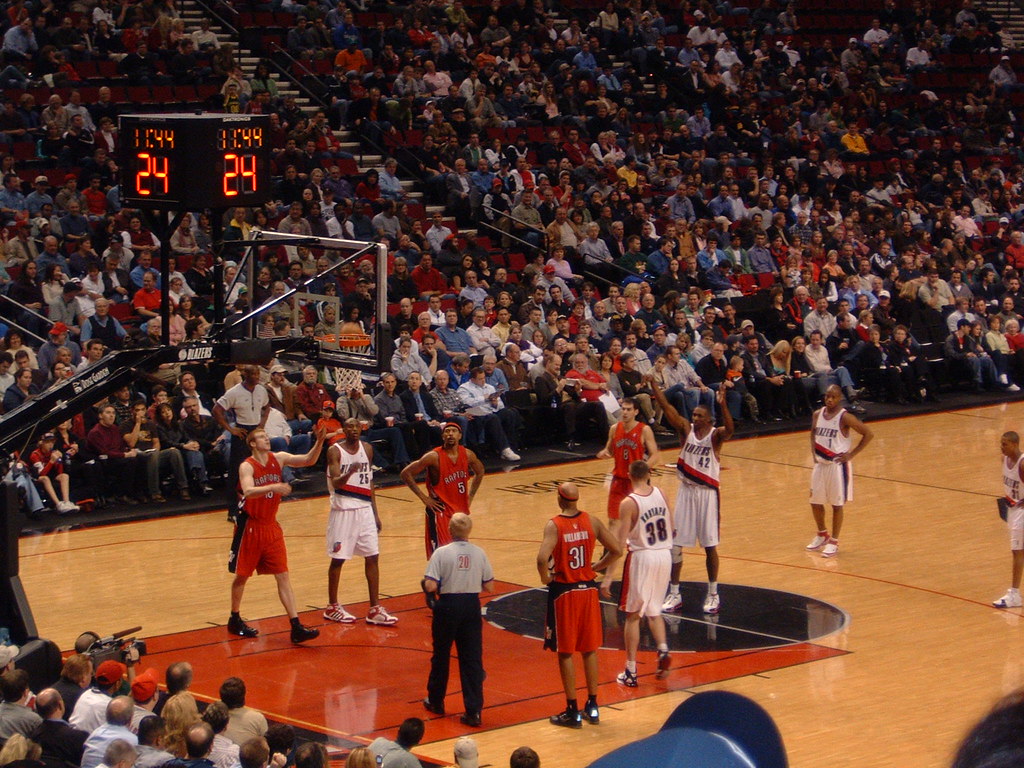
4. **Head Coaching Trailblazer: The Groundbreaking Years at Washington State**In 1972, George Raveling ascended to a new level of his coaching career, accepting the head coach position at Washington State University. This appointment marked yet another significant milestone, as he became the first Black head coach at a school in the Western conference, then known as the Pac-8. His role was groundbreaking, transforming the coaching landscape in a major collegiate athletic conference.
During his 11 seasons at Washington State, Raveling revitalized the Cougars’ basketball program. He guided the team to two NCAA Tournament appearances, a remarkable feat that snapped a nearly 40-year drought for the program. This achievement underscored his ability to not only break barriers but also to deliver tangible success, earning respect and recognition for his coaching prowess.
His tenure at Washington State was characterized by strong leadership and a commitment to his players. Raveling’s coaching philosophy began to take shape during these years, emphasizing development and strategic acumen. He laid the groundwork for future successes, transforming a struggling program into a competitive force within its conference.
Beyond the wins and losses, Raveling’s presence as a Black head coach in a prominent conference served as a powerful symbol of progress and opportunity. His success challenged prevailing norms and demonstrated that talent and leadership transcended racial lines. The impact of his trailblazing role extended far beyond the immediate results on the court, inspiring a new generation of coaches and athletes.

5. **Expanding Coaching Horizons: Tenure at Iowa and USC**Following his impactful years at Washington State, George Raveling continued to expand his coaching horizons. He spent three seasons as head coach at the University of Iowa from 1983 to 1986, where he once again demonstrated his ability to lead programs to significant achievements. During his time with the Hawkeyes, he guided the team to two NCAA Tournaments, further cementing his reputation as a successful collegiate coach.
In 1986, Raveling returned to the West Coast, taking on the head coaching role at the University of Southern California (USC). His eight-year tenure at USC was notable for his distinctive approach to coaching, earning him the moniker of a “player’s coach.” He fostered an environment of shared responsibility, even allowing his team to vote on various aspects, from defensive strategies to the color of their sneakers.
One of the most memorable teams of his career was the 1991-92 U.S.C. squad. This team, starring the distinctive future N.B.A. player Harold Miner, who averaged 26 points a game, finished with an impressive 24-6 record and earned a No. 2 seed in the N.C.A.A. tournament. Despite their strong performance, they experienced an upset in the second round by Georgia Tech, a poignant reminder of the unpredictable nature of March Madness.
Throughout his 22 seasons as a head coach across these three universities, Raveling compiled a career record of 335-293 (or 336-292, as cited by other sources), making six trips to the N.C.A.A. tournament. While his tournament record stood at 2-6, his overall impact on the programs he led and the players he mentored was profound, earning him three Pac-10 Coach of the Year Awards and a lasting legacy of integrity and innovation in collegiate basketball.
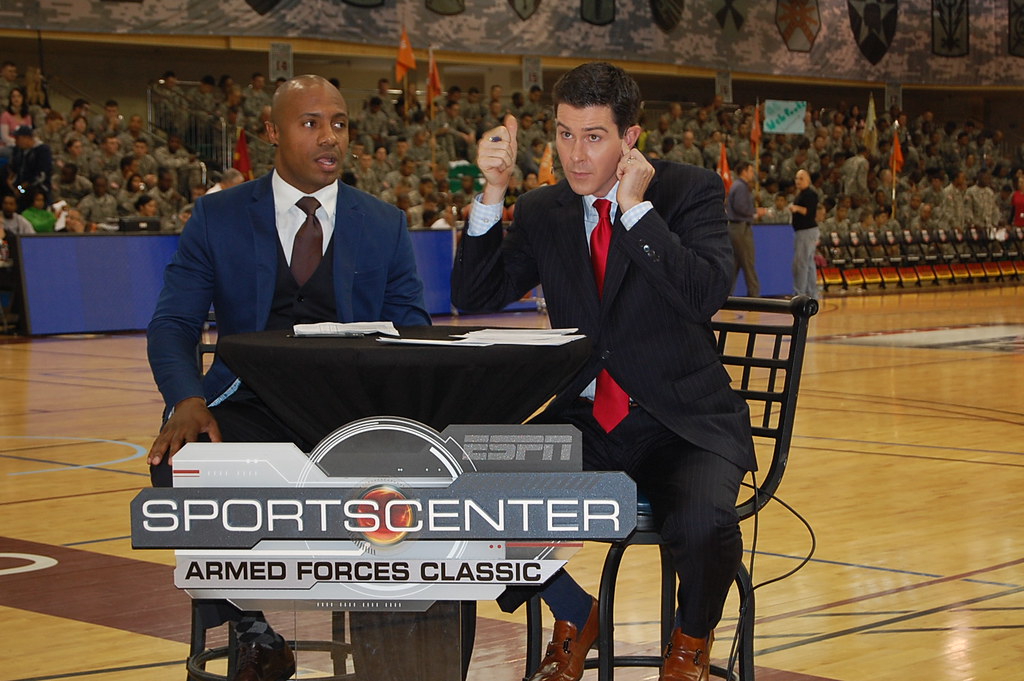
6. **Olympic Involvement: Forging Key Connections on the Global Stage**Beyond his collegiate coaching duties, George Raveling’s influence extended to the international stage, notably through his involvement with the United States Olympic basketball team. In 1984, he served as an assistant coach for the U.S. Olympic men’s basketball team under the legendary Bobby Knight. This role provided him with a unique opportunity to work with some of the nation’s most promising young talents, including future NBA greats.
The 1984 Olympic team was particularly significant, featuring iconic players such as Michael Jordan and Patrick Ewing. Under Raveling’s guidance and alongside his fellow coaches, the team achieved remarkable success, winning the gold medal at the Olympic Games in Los Angeles. This triumph was a highlight of Raveling’s career, showcasing his ability to contribute to a winning culture at the highest level of amateur competition.
His role on the Olympic staff was crucial for more than just the gold medal. It was during this period that Raveling forged a tight bond with Michael Jordan. This personal connection, nurtured over weeks of intense training and competition, would prove to be immensely consequential years later, laying the groundwork for one of the most significant collaborations in sports marketing history.
Jordan himself acknowledged the depth of their relationship and Raveling’s early influence, stating, “George Raveling was with me on the 1984 Olympics team. He used to always try to talk to me, ‘You gotta go Nike, you gotta go Nike. You’ve got to try.’” This period cemented Raveling’s status as a respected figure who could not only coach but also connect with and profoundly influence elite athletes, setting the stage for his future endeavors.

7. **A Defining Crossroads: The Car Crash and the Evolution of Coaching Philosophy**George Raveling’s distinguished coaching career at the University of Southern California came to an abrupt and unexpected halt in 1994. He was involved in a serious car crash near the U.S.C. campus, an accident that left him with severe injuries. He fractured nine ribs, his collarbone, and his pelvis, requiring a significant period of recovery.
This traumatic event marked a profound turning point in Raveling’s life and career. After his recovery, he reflected on the experience and realized he no longer possessed the same intense urge to coach. This shift in perspective was not merely due to the physical toll but also a deeper reflection on the evolving nature of the coaching profession, as he articulated in an interview with The New York Times the following year.
Raveling candidly discussed the increasing complexities of coaching beyond the tactical aspects of the game. He observed, “When older coaches came in, it was with the idea that your main job was to coach. Today, most of your responsibilities are with the spillover from societal problems: drugs, agents, academics, alcohol, family problems. Now, the easiest part is coaching.” This insight revealed a growing disillusionment with the non-basketball demands placed upon modern coaches.
When asked how he coped with these burgeoning responsibilities, his response was telling: “I didn’t.” This honest admission underscored his decision to step away from the sidelines, acknowledging that the demands had become overwhelming and diverted from his core passion. The car crash, while physically devastating, ultimately provided Raveling with an opportunity to re-evaluate his path and transition into a new, equally impactful phase of his storied career.
George Raveling’s journey, marked by an unwavering commitment to excellence and a quiet resolve to break barriers, transitioned seamlessly from the basketball court into an equally impactful sphere: sports marketing and the preservation of crucial American history. His ability to connect with individuals, coupled with a keen understanding of the broader societal landscape, allowed him to shape culture in profound and unexpected ways, leaving behind a legacy that transcends the conventional definitions of a coach or an executive.
His post-coaching career was not a retreat but an evolution, a testament to a restless spirit that continued to seek new avenues for influence and contribution. Raveling leveraged his unique experiences and relationships to drive innovation in the sports industry, while simultaneously safeguarding a piece of history that resonates deeply with the ongoing struggle for civil rights. The second half of his storied life cemented his status as a multifaceted icon, whose impact will be felt for generations.

8. **Instrumental in the Birth of the Iconic Air Jordan Brand**George Raveling’s instrumental involvement in bringing Michael Jordan to Nike stands as a defining moment in sports marketing. Jordan, who preferred Adidas and Converse, was ultimately swayed by Raveling’s persistent advocacy. Their close bond, forged during the 1984 U.S. Olympic men’s basketball team, allowed Raveling to repeatedly lobby Jordan, urging him, “You gotta go Nike, you gotta go Nike. You’ve got to try.” This trusted counsel from his mentor proved pivotal.
Nike’s innovative proposal of a signature shoe, the ‘Air Jordan,’ was unprecedented and resonated deeply with the young superstar. Michael Jordan himself later affirmed Raveling’s crucial role, stating, “I signed with Nike because of George, and without him there would be no Air Jordan.” This partnership not only launched a global phenomenon, now valued at an estimated $7 billion, but also revolutionized the athletic apparel industry, establishing a new paradigm for athlete endorsements.
Raveling’s vision and persuasive power, combined with his deep understanding of Jordan’s potential, created an economic and cultural juggernaut. His legacy as a crucial architect of the Air Jordan brand underscores his profound impact, transforming sports marketing and establishing a model that continues to define the industry today.
Read more about: Illuminating Icons: A Deep Dive into 15 Classic Cars with the Most Jaw-Dropping Tail Light Designs

9. **Nike Executive: A Global Ambassador for Basketball**After his coaching career concluded in 1994, George Raveling transitioned to Nike in 1996, a move personally requested by co-founder Phil Knight. Beginning as the director of grass roots basketball, he later rose to director of international basketball. In this executive capacity, Raveling became a pivotal figure in basketball’s global expansion.
NBA Commissioner Adam Silver recognized him as “a pioneering force behind its global growth,” noting his extensive worldwide travel. Raveling utilized his vast experience and network to mentor “multiple generations of players and coaches,” fostering the sport’s development and promoting its values across diverse cultures. He became a de facto global ambassador for the game.
His tenure at Nike allowed him to significantly contribute to basketball’s identity and proliferation on an unprecedented scale. By shaping the future of basketball as a truly international sport, Raveling demonstrated his ability to adapt his leadership and mentorship skills, solidifying his impact far beyond collegiate arenas.

10. **Custodian of History: The “I Have a Dream” Speech at the March on Washington**Beyond basketball, George Raveling holds a unique and profoundly significant place in American history as the custodian of a national treasure: the original typed pages of Martin Luther King Jr.’s “I Have a Dream” speech. This extraordinary acquisition occurred during the historic 1963 March on Washington, where Raveling, at 6 feet 6 inches, was recruited to provide security for Dr. King.
On that momentous day, Raveling found himself intimately present on the podium for one of the most powerful and defining speeches in American history. As Dr. King exited the stage, Raveling seized a spontaneous moment, asking if he could have the typed pages. King handed the manuscript to Raveling, who then carefully preserved these pages for decades, initially displaying them framed on his wall.
This artifact is more than a document; it is a tangible link to a pivotal moment in the Civil Rights Movement, embodying the hopes and struggles of a generation. Raveling’s presence at the March and his subsequent guardianship of the speech underscore his connection to a narrative much larger than sports, cementing his role as an accidental yet profoundly important figure in American cultural heritage.

11. **Preserving a National Treasure: The Donation to Villanova University**For nearly six decades, George Raveling privately owned the original “I Have a Dream” speech manuscript, steadfastly declining multi-million-dollar offers for its acquisition. His decision underscored a deep respect for its historical significance and a commitment to its proper stewardship, rather than personal gain.
In 2021, Raveling made the profound decision to donate the precious pages to his alma mater, Villanova University. This act was both a generous gift to the institution that provided his foundation and a strategic move to ensure the speech’s long-term preservation and accessibility. Villanova, a place holding special significance for him, became the permanent home for this invaluable document.
This donation guaranteed meticulous care and public access for one of the most iconic documents in American history. The pages are currently on loan to the National Museum of African American History and Culture in Washington, D.C., allowing a wider audience to engage with this potent symbol of equality and justice. Raveling’s choice reflects his profound commitment to education and the enduring power of King’s message.
Product on Amazon: Martin Luther King, Jr., “I Have a Dream” Speech. 14 X 16
Brand: Our Amendments
Binding: Kitchen Product Group: Home
Price: 12.99 USD
Rating: 4.9 Total reviews: 111
Features:
1. Historically accurate replica. 14″ x 16″
2. Printed on genuine antiqued parchment.
3. Perfect for Historians, Collectors or as a gift.
4. Can be displayed in its (supplied) collectors tube or have it framed.
5. Great as a gift.
Shopping on Amazon >>
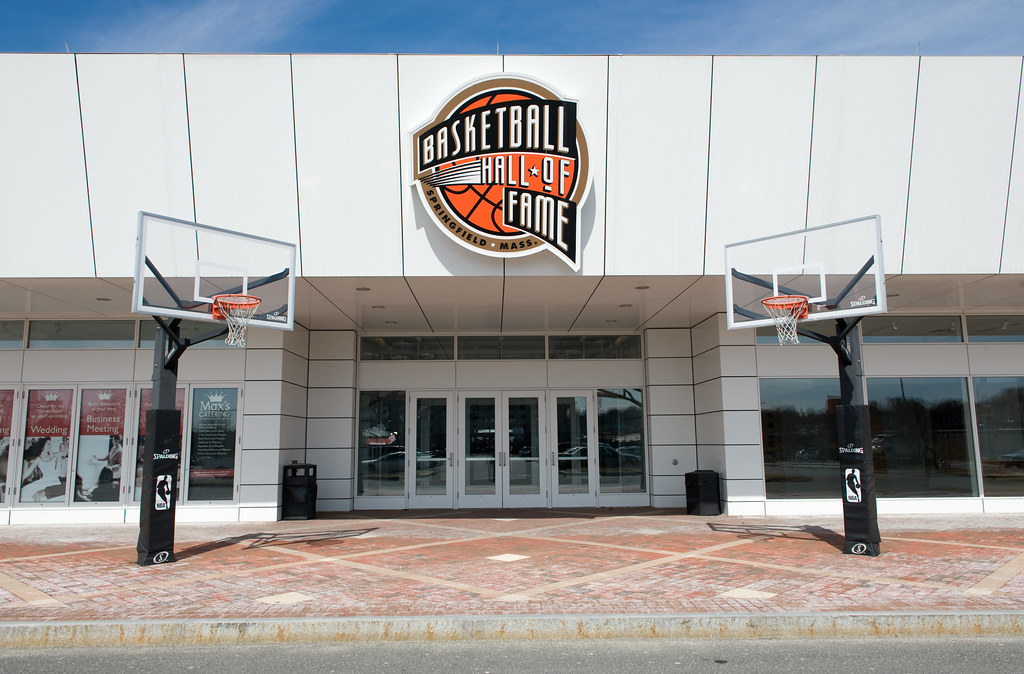
12. **A Coach’s Recognition: Dual Inductions into Basketball Halls of Fame**George Raveling’s extensive contributions to basketball were formally recognized through his induction into both the College Basketball Hall of Fame in 2013 and the Naismith Memorial Basketball Hall of Fame in 2015. These dual honors highlight the breadth of his impact, from his collegiate coaching achievements to his transformative influence on the broader basketball landscape.
His 22-season coaching career produced a record of 335-293 (or 336-292), including six NCAA Tournament appearances and three Pac-10 Coach of the Year Awards at Washington State, Iowa, and USC. His leadership extended to the international stage as an assistant coach for the gold medal-winning 1984 U.S. Olympic team.
NBA Commissioner Adam Silver lauded Raveling, stating, “George Raveling had an influence on the game of basketball at every level and was a pioneering force behind its global growth.” This encapsulates how Raveling’s work, from breaking racial barriers in coaching to his executive roles at Nike, propelled the sport forward, both domestically and internationally. These inductions serve as a lasting tribute to his significant contributions.

13. **A Legacy of Mentorship and Profound Influence on Generations**Throughout his career, George Raveling was consistently regarded as a mentor whose influence extended far beyond the game. His “player’s coach” philosophy at USC, where he fostered shared responsibility and allowed players input on strategic decisions, exemplified his commitment to empowering those he led.
Michael Jordan offered a powerful testament, stating, “For more than 40 years, he blessed my life with wisdom, encouragement, and friendship. He was a mentor in every sense, and I’ll always carry deep gratitude for his guidance.” This deeply personal acknowledgment highlights Raveling’s role in shaping not just an athlete, but a global icon.
Fellow coaches also recognized his impact. Jay Wright, former Villanova coach, called Raveling “The finest human being, inspiring mentor, most loyal alum and a thoughtful loving friend,” noting he “lived his life for others.” Current Villanova coach Kevin Willard acknowledged Raveling’s “enormous impact… on so many of us in it.” This consistent narrative of mentorship underscores his genuine care for people and dedication to their growth, leaving an indelible mark on generations of players, coaches, and colleagues.
Read more about: A Cinematic Titan Remembered: Fans Pay Final Tribute to Sean Connery’s Unforgettable Film Legacy

14. **Enduring Presence: Portrayal in Popular Culture and Historical Narratives**George Raveling’s remarkable life has found its way into popular culture, ensuring his story reaches new audiences. A notable instance is his portrayal in the 2023 film “Air,” which dramatized Nike’s pivotal courtship of Michael Jordan and the genesis of the Air Jordan brand.
In the film, Raveling was portrayed by acclaimed actor Marlon Wayans. This representation was a specific condition set by Michael Jordan, who, according to Raveling, gave director Ben Affleck his blessing for the movie only if Raveling appeared as a character and Jordan’s mother was played by Viola Davis. This highlights the deep respect Jordan held for Raveling’s crucial role.
Beyond the silver screen, Raveling’s story is woven into broader historical narratives, particularly regarding the Civil Rights Movement. His unique possession and eventual donation of Dr. Martin Luther King Jr.’s “I Have a Dream” speech manuscript firmly positions him as a figure connected to one of America’s most significant historical events. This dual presence—in both sports and civil rights history—ensures his enduring relevance.
His life serves as a powerful reminder of how individual actions and connections can have far-reaching societal implications, impacting not only sports but also the cultural and historical fabric of a nation. Raveling’s story, now immortalized in film and enshrined in historical archives, will undoubtedly continue to inspire and educate for generations to come.
The passing of George Raveling at 88 signifies the close of an extraordinary chapter in American sports and civil rights history. From breaking racial barriers in collegiate coaching to orchestrating one of the most impactful marketing deals in sports history, and from safeguarding a foundational civil rights document to serving as a global ambassador for basketball, Raveling’s life was a testament to resilience, integrity, and visionary leadership. He was not merely a participant in history; he was an active shaper of it, leaving an indelible mark that will continue to resonate across generations and inspire those who strive for excellence, equality, and lasting impact. His aura, energy, and timeless wisdom, as his family aptly noted, truly live on.



